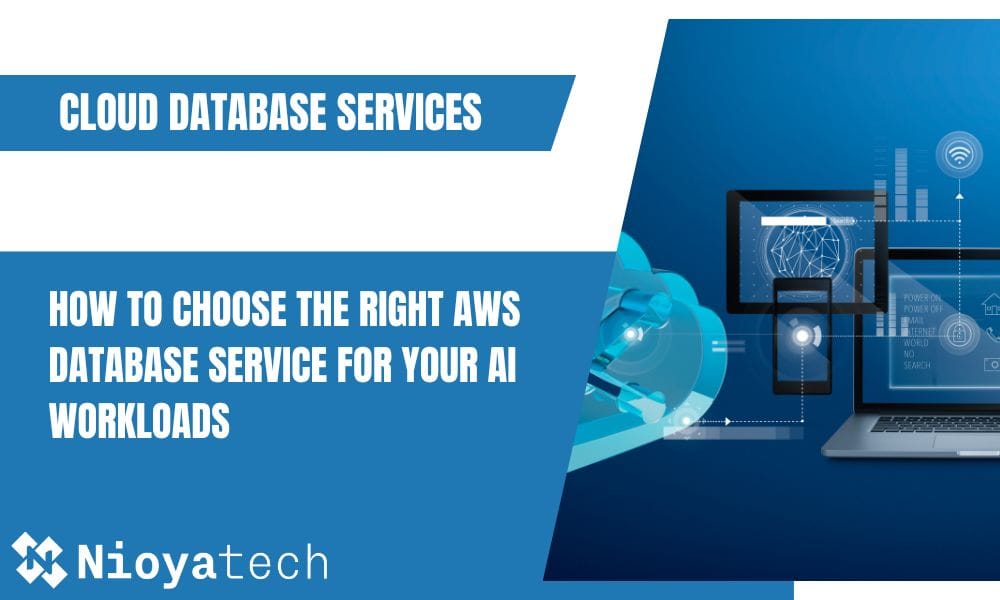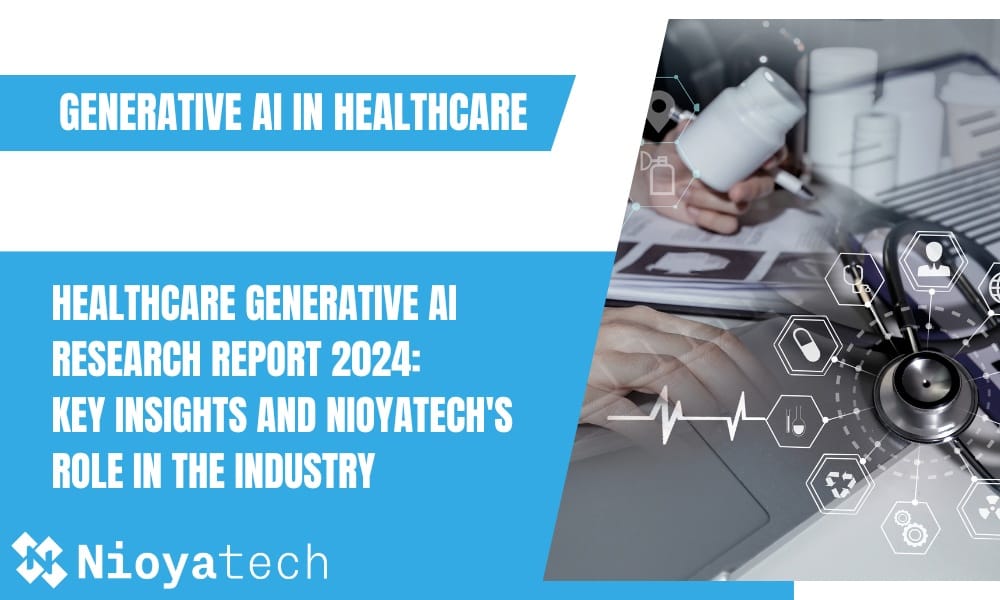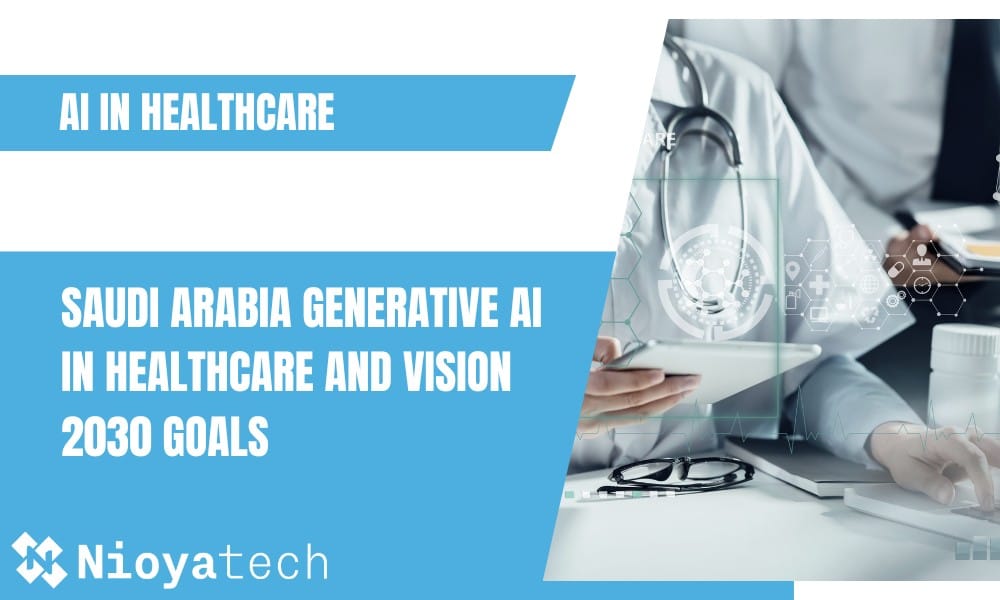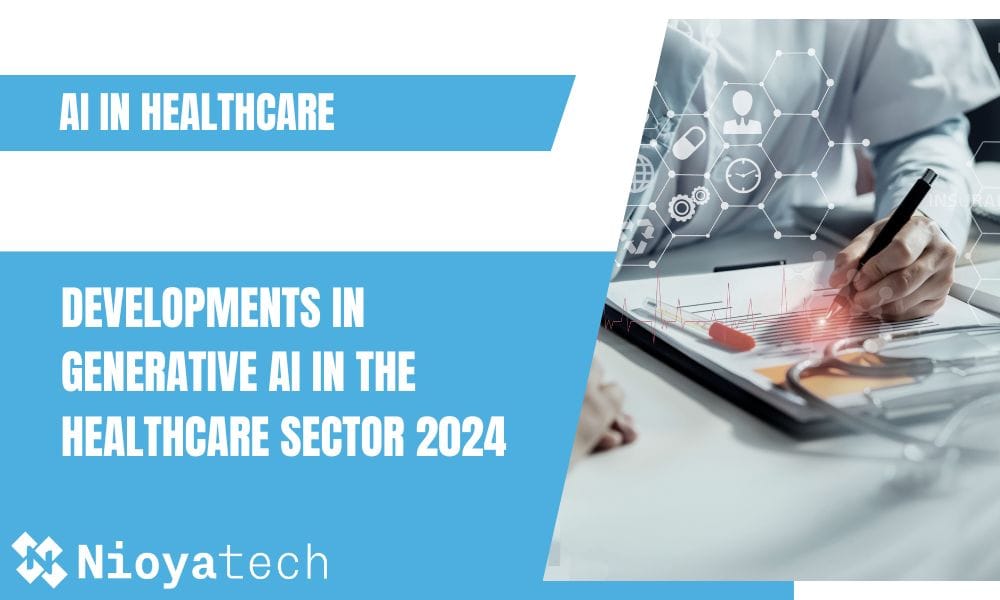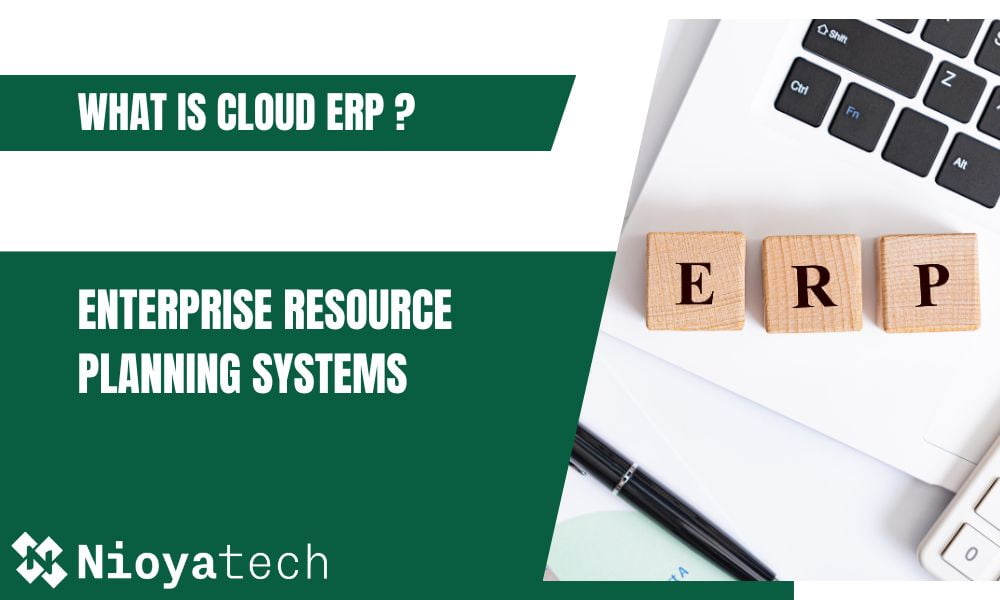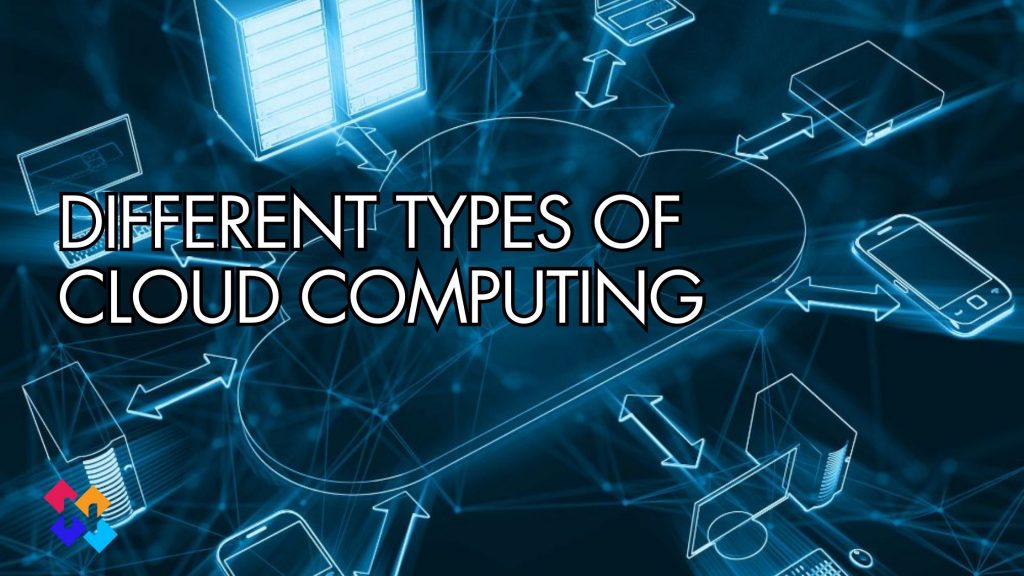ERP (Enterprise Resource Planning) continues to be a trending solution in the business world. While ERP systems have been in existence for several decades, they have evolved and adapted to keep up with the changing needs of businesses.
Before the digital era, the business world employed various systems to oversee and streamline its processes. In the early 1900s, Ford Whitman Harris introduced the EOQ (Economic Order Quantity) model for production management. With the advancement of information infrastructure in the 1960s, this system underwent automation to cater to industry requirements and was transformed into MRP (Material Requirements Planning), a computer-based material requirement planning system.
Over the next three decades, as technology progressed and industries grew, resource planning applications gained significant popularity among institutions. In the 1990s, corporate governance tools became essential for managing business activities. In today’s digital landscape, where organizations must embrace the internet, cloud-based corporate management systems have become imperative. Now, let’s delve into the concept of the topic, its users, applications, and benefits.
ERP Meaning
Enterprise Resource Planning (ERP) is a software system designed to automate and effectively manage essential business processes within organizations. By consolidating and streamlining data flow, the software enables seamless operations across the enterprise. It integrates finance, operations, trading, reporting, production, and human resources activities onto a unified platform.
ERP is utilized by organizations to effectively oversee their daily business operations, including accounting, procurement, project management, risk management, and regulatory compliance operations. A comprehensive suite of ERP products may also include Enterprise Performance Management software, which aids in financial planning, budgeting, forecasting, and reporting.
The primary function of the systems is to integrate various business processes and enable seamless data flow among them. By consolidating operational data from multiple sources, the systems eliminate data duplication and ensure data integrity by establishing a “single version of the truth” for the organization.
While many companies possess separate financial and operational systems, these fragmented silos hinder progress beyond day-to-day business processes and hinder business growth. As companies expand and evolve, their systems must also evolve to meet their changing needs. In this article, you will discover the significance of ERP and how employing adaptable software can enhance agility and efficiency in managing your business.
ERP represents mission-critical software that plays a pivotal role in gathering departmental data into a shared database, enabling managers to gain a holistic perspective on a company’s operations through a unified reality. Furthermore, these systems facilitate the seamless integration of critical business functions, encompassing finance, manufacturing, inventory and order management, customer communication, sales and marketing, project management, and human resources. By connecting these essential functions, organizations can streamline their operations, enhance collaboration, and optimize overall efficiency. Notably, these systems provide comprehensive analytical capabilities and reporting tailored to each department’s specific needs.
The implementation of the system can yield substantial time and financial benefits by fostering enterprise-wide visibility that uncovers inefficiencies within manual processes and unearths opportunities for growth. Various deployment models exist for the software, encompassing on-premise, cloud, and hybrid options. While cloud-based SaaS systems have garnered significant popularity in recent years, the optimal approach depends on the specific requirements of the company.
Prior to selecting a solution, businesses should diligently assess the capabilities, application models, integration requirements, and total cost of ownership associated with a curated list of suppliers. This comprehensive understanding will facilitate an informed decision-making process when choosing the most suitable solution.
Components of ERP
ERP systems are comprehensive software solutions that combine and manage numerous areas of a company’s operations, procedures, and data. They offer a consolidated platform for simplifying and automating important processes like finance, human resources, supply chain management, inventory control, and customer relationship management, among others.
Stock (Material) Management
This module facilitates efficient tracking and management of inventory and materials. Stock management involves overseeing the entire process from the acquisition of materials for sale to their storage in the warehouse, and ultimately to their sale as finished products to customers. This process encompasses various tasks such as tracking inventory, processing and analyzing collected data, and generating reports.
Sales and Distribution Management
It streamlines the sales process, order management, and distribution of products or services. The sales and distribution management process encompasses the entire lifecycle of a product, beginning with customer orders and continuing through production until the final delivery.
This process involves a series of interconnected activities, including order processing, inventory management, production planning, logistics coordination, and timely delivery to customers. Effective sales and distribution management ensures streamlined operations, optimized supply chain, and customer satisfaction.
Quality Management
This module focuses on ensuring product quality through quality control measures, inspections, and adherence to standards. The quality management module encompasses the processes required to meet quality certification standards. This module enables the system to monitor and identify any stages or activities that do not comply with the defined quality standards. When necessary, the system rejects such non-compliant stages. Additionally, this module facilitates the preparation of corrective action forms and manages the documentation and filling process associated with rectifying errors or non-conformities.
Human Resources Management
It handles personnel-related functions such as employee information, payroll, recruitment, and performance management. The human resources management module encompasses the entire spectrum of strategic HR processes, beginning with the recruitment of employees, extending to the creation of career plans, and, when necessary, the development of training schedules. This module enables organizations to effectively manage various HR activities, including candidate sourcing, applicant tracking, performance evaluations, skills development, and training management. By utilizing this module, businesses can streamline their HR processes and ensure effective talent acquisition, career progression, and skills enhancement.
Production, Planning, and Control Management
This module aids in planning and controlling the production process, optimizing resource allocation, and tracking progress. The production, planning, and control management module ensures the execution of the intended production plan, monitors the production process, conducts cost studies, and maintains control in accordance with the requirements of the target market and customer orders. This module enables organizations to effectively manage and optimize their production activities, including production scheduling, resource allocation, quality control, and cost analysis. By utilizing this module, businesses can align their production processes with market demands and customer expectations, ensuring efficient and cost-effective operations.
Financial Management
It encompasses financial operations, including general ledger, accounts payable, accounts receivable, and financial reporting. The financial management module oversees receivables and payables management, financial transactions, futures records, and tracking. Within this module, various financial activities including general accounting transactions, fixed assets management, budgeting, and cost accounting are efficiently handled. Typically, ERP systems categorize the financial management module into general ledger and cost accounting for comprehensive analysis and control of financial operations.
Supply Chain Management
This module oversees the flow of goods and services, covering procurement, logistics, and supplier management. The supply chain management module enables efficient information flow and collaboration among all participants involved in the chain, both within and outside the company. This module facilitates the implementation of various opportunities such as optimizing stock movements, establishing an effective logistics chain, and utilizing existing capacities in the most efficient manner. By leveraging the supply chain management module, organizations can enhance coordination, streamline operations, and maximize the overall effectiveness of their supply chain processes.
Purchasing Management
It automates and streamlines the purchasing process, managing vendor relationships and purchase orders. The purchasing management module encompasses various processes involved in material procurement within a business. These processes include determining the required material requests from different departments, forwarding these requests to the relevant vendor companies, and closely monitoring the procurement process until the delivery stage. Effective communication and coordination with vendors are essential in ensuring a smooth purchasing process, from initial request to final delivery.
Project Management
This module facilitates project planning, task assignment, progress tracking, and resource management. The project management module is specifically designed for companies engaged in project-based operations. This module enables comprehensive tracking of all project-related activities, including document management, procurement, resource allocation, and cost monitoring. The project management module seamlessly integrates with the finance and accounting module, allowing for efficient financial tracking and reporting of project expenditures and budgets.
Customer Relationship Management
It focuses on managing customer interactions, sales opportunities, and customer service. The customer relationship management (CRM) module facilitates the dynamic management of customer relations. This module serves as a centralized platform for planning and organizing all customer-related activities. By utilizing the CRM module, organizations can minimize customer dissatisfaction caused by planning and organizational errors. It enables efficient customer engagement, effective communication, and streamlined customer relationship management processes, ultimately fostering customer satisfaction and loyalty.
Importance of ERP for Businesses
ERP software provides a system that collects and utilizes financial information from different departments, enabling a comprehensive view of the organization’s financial status. With integrated customer order information, It allows companies in different regions to easily track their workflows, orders, loading processes, invoicing, and coordinated production.
Systems accelerate the speed of standardization and manufacturing processes, improving operational efficiency. Through its stock optimization feature, It organizes workflow and provides insights into order stages, enhancing order fulfillment and inventory management.
It consolidates HR information in multi-departmental businesses, eliminating the need for disparate HR systems. It enables standardization and customization of HR data, including personnel rights and sector-specific information.”
By leveraging the systems, businesses can benefit from integrated financial data, streamlined workflows, optimized manufacturing processes, efficient inventory management, and centralized HR information, thereby enhancing overall operational efficiency and supporting strategic decision-making.
Deployment Types of ERP
There are several deployment types available to give organizations with alternatives that best meet their unique goals, resources, and preferences. The various deployment techniques each have their own set of benefits and considerations, allowing companies to select the option that best fits their needs and limits.
Cloud ERP
There are many cloud computing solutions for retail companies as cloud technology has rapidly advanced, providing businesses with a flexible and scalable platform. While some ERP users initially hesitated to host their data in the cloud, the advantages of cloud technology have become increasingly evident, leading to a shift in perception. Cloud ERP involves hosting the software in the cloud and delivering it as a subscription-based service over the Internet. In this deployment model, the software provider assumes responsibility for routine maintenance, updates, and security measures on behalf of the organization. Cloud ERP has gained significant popularity due to the various advantages it offers.
Reduced Initial Expenses
It significantly reduces upfront costs by eliminating the need for substantial investments in hardware and infrastructure. Organizations can avoid hefty upfront expenses associated with purchasing and maintaining on-premise servers and related equipment.
Scalability and agility
The system provides scalability, allowing organizations to easily scale up or down based on their changing needs. The cloud infrastructure enables seamless expansion and adjustment of resources to accommodate business growth or fluctuations.
Simplified integration
Cloud ERP solutions offer simplified integration capabilities, making it easier to connect with other systems or applications. This promotes streamlined data exchange and enhances overall business efficiency.
Enhanced security and reliability
Technology providers prioritize robust security measures and regularly update and maintain the software to ensure data protection. Organizations can benefit from reliable and secure systems without the burden of managing security measures themselves.
Accessibility and remote work
Cloud ERP empowers remote work and facilitates seamless collaboration among teams spread across different geographical locations. By providing secure access to the ERP system from anywhere with an internet connection, organizations can foster collaboration, enhance productivity, and effectively work together, regardless of physical distance.
These factors contribute to the widespread adoption of cloud ERP as the preferred deployment method, offering organizations increased flexibility, scalability, cost-effectiveness, and enhanced capabilities for efficient global business management.
On-Premise ERP
The on-premises model is the traditional approach to software distribution, providing organizations with complete control over their system. In this model, ERP software is installed and managed within the organization’s own data center, allowing for customization, data control, and direct oversight. Hardware and software maintenance becomes the responsibility of the organization’s personnel, ensuring a hands-on approach to system management.
Many companies are now opting to modernize and upgrade their on-premises systems by migrating to cloud deployments. This transition requires careful planning and evaluation of the ERP upgrade process, as well as a thoughtful consideration of software and deployment options available in the cloud. It is crucial to assess factors such as data security, scalability, integration capabilities, and cost-effectiveness when selecting a cloud-based ERP solution.
The migration to cloud deployments offers various benefits, including increased flexibility, scalability, reduced infrastructure costs, and accessibility to advanced features and updates. However, a thorough analysis of business requirements and careful evaluation of cloud ERP providers are essential to ensure a successful transition that aligns with the organization’s goals and objectives.
By carefully planning and evaluating the ERP upgrade process and exploring different deployment options, companies can effectively modernize their ERP systems, harnessing the advantages offered by cloud-based deployments while addressing their specific needs and requirements.
Hybrid ERP
For companies seeking a comprehensive solution that caters to their unique business needs, the hybrid cloud ERP model offers a flexible approach. In this model, organizations can opt to have some of their ERP applications and data hosted in the cloud while keeping other components onsite. This hybrid configuration is sometimes referred to as a two-tier ERP strategy.
By adopting a hybrid cloud ERP model, businesses can leverage the benefits of cloud technology, such as scalability, accessibility, and cost-effectiveness, for certain applications or processes. At the same time, critical data and processes can remain within the organization’s own infrastructure, providing greater control and addressing specific security or compliance requirements.
The hybrid cloud ERP approach empowers organizations to strike a balance between the advantages of the cloud and the need for on-premise control. It allows for seamless integration between cloud-based and onsite systems, enabling efficient data exchange and fostering operational efficiency.
To implement a successful hybrid cloud ERP model, careful planning and consideration of business requirements, data sensitivity, integration capabilities, and long-term scalability are essential. By leveraging the strengths of both cloud and on-premise environments, companies can tailor their ERP solution to optimize their operations and drive business growth.
Emerging Trends of ERP
In recent years, the Enterprise Resource Planning landscape has undergone significant transformations driven by technological advancements. Some emerging trends reflect the dynamic nature of ERP software, emphasizing the need for businesses to adapt and leverage advancements to stay competitive in an ever-evolving technological landscape. The following trends have had a profound impact on the growth and evolution of enterprise ERP software:
Mobile ERP
With the increasing demand for real-time access to information anytime and anywhere, companies are adopting mobile ERP solutions. Managers and employees can leverage mobile devices for accessing reports, information dashboards, and executing critical business processes.
Social ERP
The integration of social networks with systems is a topic that has generated mixed opinions. Some vendors have incorporated social sharing features into their systems, but the extent to which social media integration truly benefits ERP processes remains uncertain.
Two-Level ERP
In the past, companies attempted to build all-encompassing ERP systems that handled every aspect of their organizational processes. However, costly failures prompted a strategic shift towards a two-level ERP approach. This approach involves the adoption of a core ERP system supplemented by specialized, best-of-breed applications to address specific business needs.
Six key advantages of ERP
ERP software is created to meet companys’ specific requirements and operations. It may be tailored to the organization’s operations, industry laws, and commercial objectives. This personalized strategy offers optimal efficiency and effectiveness in handling numerous company elements. A company can benefit from Enterprise Resource Planning software in several ways:
Higher Productivity
Streamline and automate core business processes, enabling employees across the organization to achieve higher productivity with fewer manual tasks.
Deeper Insights
Eliminate data silos and establish a centralized source of information, allowing for quick access to critical business data and the ability to gain deep insights into key operations.
Accelerated Reporting
Generate timely and accurate business and financial reports, facilitating informed decision-making and efficient sharing of results. This empowers organizations to take immediate actions to improve performance in real time.
Lower Risk
Enhance business visibility and control through ERP’s integrated features, ensuring compliance with regulatory requirements and proactively identifying and mitigating potential risks.
Simplified IT
By utilizing integrated applications that share a common database, businesses can streamline their IT infrastructure, simplifying operations and providing an easier working environment for employees.
Improved Agility
With efficient operations and real-time access to data, organizations can quickly identify new opportunities and rapidly respond to market changes, fostering increased agility and adaptability.
These advantages highlight the transformative impact of ERP, enabling organizations to boost productivity, gain valuable insights, optimize reporting capabilities, mitigate risks, simplify IT infrastructure, and enhance overall business agility.
Difference Between CRM and ERP
CRM, or Customer Relationship Management, focuses on managing customer interactions and nurturing relationships within an organization. It facilitates effective communication with customers and oversees the customer relationship process.
On the other hand, ERP, short for Enterprise Resource Planning, refers to software systems designed to manage various business functions and activities. From supply chain management to project management, procurement to accounting, and human resources to customer relations, ERP ensures the integration of these processes.
Over time, ERP applications have evolved to encompass not only internal resources like finances, workforce, and physical assets but also external components and stakeholders. These include customers, suppliers, dealers, business partners, social media, e-commerce platforms, production machinery, and IoT devices. ERP serves as a comprehensive solution that consolidates these resources and manages them within a unified information system.
These ERP systems form the foundation of digital transformation initiatives, providing organizations with a robust informatics backbone. They enable seamless management of internal processes while maintaining connections with external stakeholders. By integrating data and processes across the enterprise and its ecosystem, ERP drives operational efficiency, enhances collaboration, and supports effective decision-making.
Three Challenges in ERP
Finding and implementing an ERP software best fits your organization is a long way with some challenges. Here are basic challenges in ERP software:
Selecting the Right Solution
Implementing the right ERP solution involves finding a system that aligns with your business processes and allows for centralized access to consistent information across the organization. It is crucial to choose a reliable technology partner who understands your business requirements and can provide suitable ERP options.
Managing System Costs
Implementing an ERP doesn’t have to be an all-or-nothing approach. You can adopt a phased implementation strategy, where software modules are acquired based on your specific business needs. This approach enables you to prepare your team for the ERP implementation, test functionalities, and evaluate their profitability before making significant investments.
Integrating with Existing Software
When implementing an ERP system, compatibility with your existing software is important. Look for an ERP solution that seamlessly integrates with your current systems while offering scalability for future growth. For instance, if your current software primarily addresses finance and manufacturing, consider an ERP solution that includes robust business intelligence capabilities to enhance decision-making.
By addressing challenges proactively and collaborating with the right technology partner, organizations can overcome obstacles during the ERP implementation process and maximize the benefits of their chosen solution. This approach ensures a smoother transition, effective cost management, and improved integration, leading to successful ERP adoption. The other solution to those challenges is to create a custom software solution for your organization.
Summary: A Holistic Approach by Nioyatech
While the concept of ERP has historically been defined within a narrow framework, at Nioyatech, we have embraced a broader perspective. We define ERP as the comprehensive integration and real-time recording and control of all information flowing within an organization and its ecosystem. This definition encompasses not only the traditional areas of finance, production, and human resources but also extends to include customers, suppliers, dealers, project stakeholders, subcontractors, digital assets, physical assets, machines, sensors, and even social media followers. In our vision, these entities represent valuable resources that should be managed holistically to drive success.
The software market is anticipated to expand as businesses increase their use of critical applications and platforms, such as ERP tools, that improve efficiency. Nioyatech offers an array of integrated functions and modules that go beyond the conventional boundaries of ERP.
Our goal is to enable businesses to leverage the full potential of their resources, ensuring seamless management across all aspects of their operations. Also, We have Custom Software Development solutions for companies that easily adapt your business.
If you are looking to unlock the benefits of ERP for your business and embark on a digital transformation journey, we invite you to contact Nioyatech. Our team is ready to assist you with professional services in harnessing the power of ERP and achieving your organizational goals.

